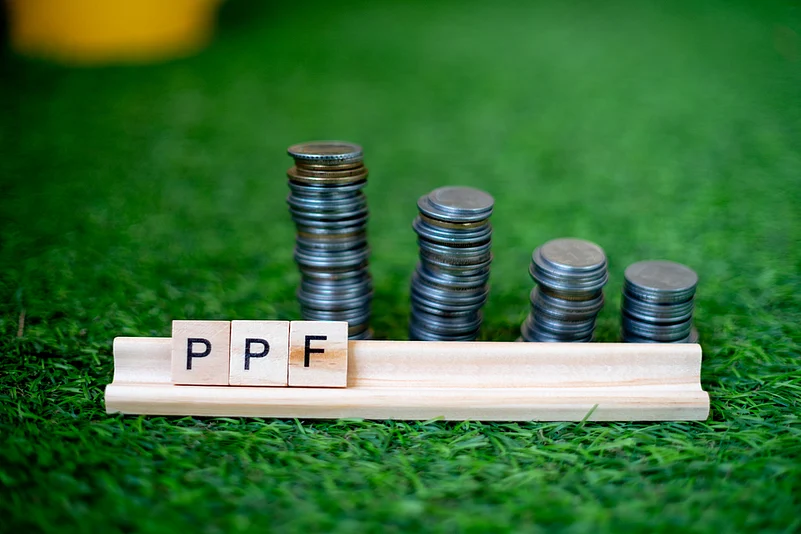The interest accumulated on public provident fund (PPF) deposits has been falling over the last few years. Since 2016, it has fallen from 8.7 per cent to currently 7.1 per cent. In April this year, the interest rate on this highly-favoured saving and investment instrument was cut sharply by 80 basis points from 7.9 per cent to 7.1 per cent. And with consistent decline in government bond yields, to which the interest rates of small savings schemes including PPF are linked, one cannot rule out further cuts in the future with PPF interest rate declining even below 7 per cent, which hasn’t happened since 1974.
Advertisement
There has been a time when PPF used to give up to even 12 per cent return, that is between 1986 to 2000. And then between March, 2002 and June, 2017, this rate remained in the range of 8-9 per cent. But with returns on small savings schemes getting lower and lower in the last few years, how much of a sense does it make to put one’s money in PPF deposits?
According to Mrin Agarwal, financial educator and founder-director of Finsafe India, PPF still remains a great investment as “it beats inflation, compounds and gives a risk free and tax free return”.
Advertisement
On falling interest rates, she explains that interest rates for the scheme moves according to inflation. “While debt funds may be able to outperform PPFs, I would still recommend an investment in PPF,” she adds.
R.D. Choudhary, Founder and Insolvency Professional, Sun Resolution Professionals, agrees and adds that PPF scheme is ideal for individuals with a low risk appetite as it can give one stable returns annually in this time of crisis when businesses are suffering from a downswing.
“Despite the fact that rates are falling and even expected to fall below seven percent in near future, it does make sense to invest in them as it gives one security and credibility at the same time,” he explains.
In a relief for traditional investors, who prefer PPFs and other safe investment instruments, the government has decided to keep the PPF interest rate unchanged at 7.1 per cent for the July-September quarter. However, future cuts cannot be ruled out with bond yields declining.
According to R.K. Mohapatra, General Manager-Finance, IRCON International, and author of the award-winning book ‘Retirement Planning: A Simple Guide for Individuals’, in the falling interest rate era, investment in PPF make senses for people who are in higher income tax brackets because of the advantages of exempt-exempt-exempt (EEE) scheme, which means they get tax deduction under Section 80C when they invest, and the accrual of interest as well as withdrawal is completely tax-free.
Advertisement
Anurag Jhanwar, Co-Founder and Partner, Fintrust Advisors, also agrees that despite the falling interest rates, PPF makes a sound investment given the tax free returns the scheme provides.
“Typically, it works well for retirement corpus - as it is stable, cash flows are assured and backed by the government. Overall allocation to PPF however will vary depending upon the age and risk profile of investors. For aggressive investors, 5-10 per cent allocation towards debt and PPF works well, and for conservative investors it should be pegged at around 60-70 per cent of the total portfolio.”















 Just one email a week
Just one email a week